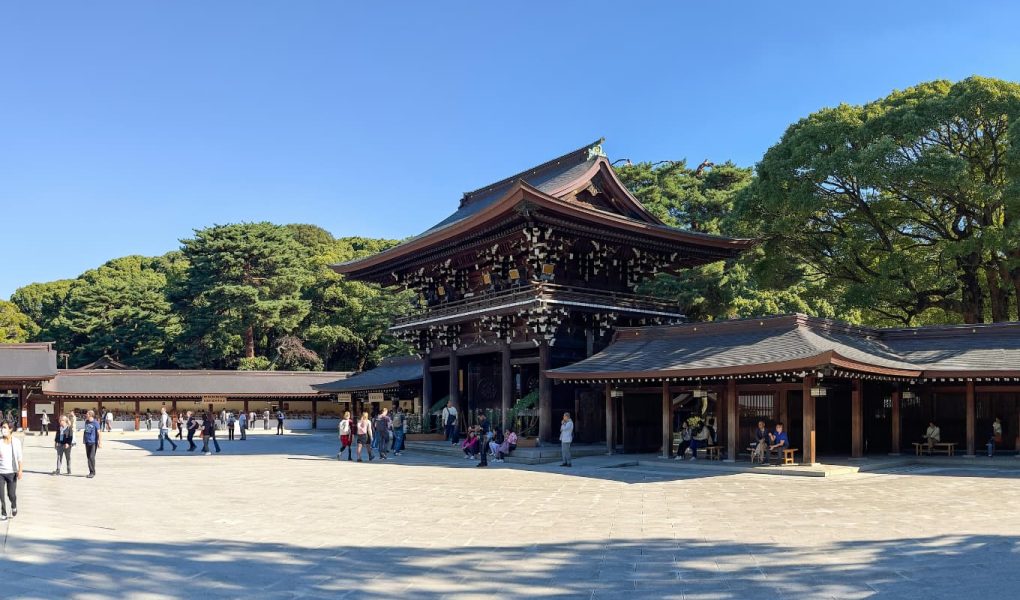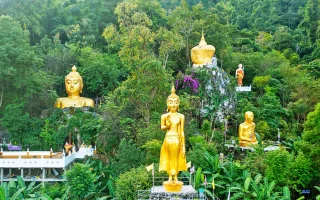lettersforvivian.org – Tucked away in a lush forested area of Shibuya, Tokyo, the Meiji Shrine (Meiji Jingu) offers a peaceful retreat from the bustling city life. Dedicated to Emperor Meiji and Empress Shoken, this Shinto shrine stands as a symbol of Japan’s modernization and deep-rooted traditions.
Historical Background
The Meiji Shrine was constructed in 1920 to honor Emperor Meiji, who played a pivotal role in the Meiji Restoration—a period that marked Japan’s transformation from a feudal society into a modern industrialized nation. The shrine was built to commemorate the emperor’s contributions to the nation and to enshrine the spirits of Emperor Meiji and Empress Shoken.
Architectural Features
The shrine is a masterpiece of traditional Japanese architecture. It features a complex of buildings constructed from Japanese cypress and copper, designed to reflect simplicity and elegance. The main buildings include the main hall (Honden), the worship hall (Haiden), and the treasure house annex, which houses personal belongings of the emperor and empress.
The Surrounding Forest
One of the most remarkable aspects of Meiji Shrine is its surrounding forest. Covering an area of 170 acres, the forest consists of over 100,000 trees of 365 different species, donated by people from all over Japan. This man-made forest was meticulously planned to create a natural, serene environment for the shrine and its visitors.
Cultural and Spiritual Significance
Meiji Shrine is not only a place of worship but also a cultural hub. It hosts various traditional ceremonies and festivals throughout the year, including weddings and New Year’s celebrations. The shrine is particularly popular during Hatsumode, the first shrine visit of the New Year, attracting millions of visitors seeking blessings for the coming year.
Preservation and Modern Influence
Despite suffering damage during World War II, the shrine was meticulously rebuilt and continues to be maintained with great care. Its presence in Tokyo represents a harmonious blend of tradition and modernity, offering a space for reflection amidst the urban sprawl.
Conclusion
Meiji Shrine stands as a testament to Japan’s rich cultural heritage and the enduring legacy of Emperor Meiji and Empress Shoken. Whether you are seeking spiritual solace or simply a moment of tranquility, the shrine and its verdant surroundings provide a unique and enriching experience in the heart of Tokyo.




